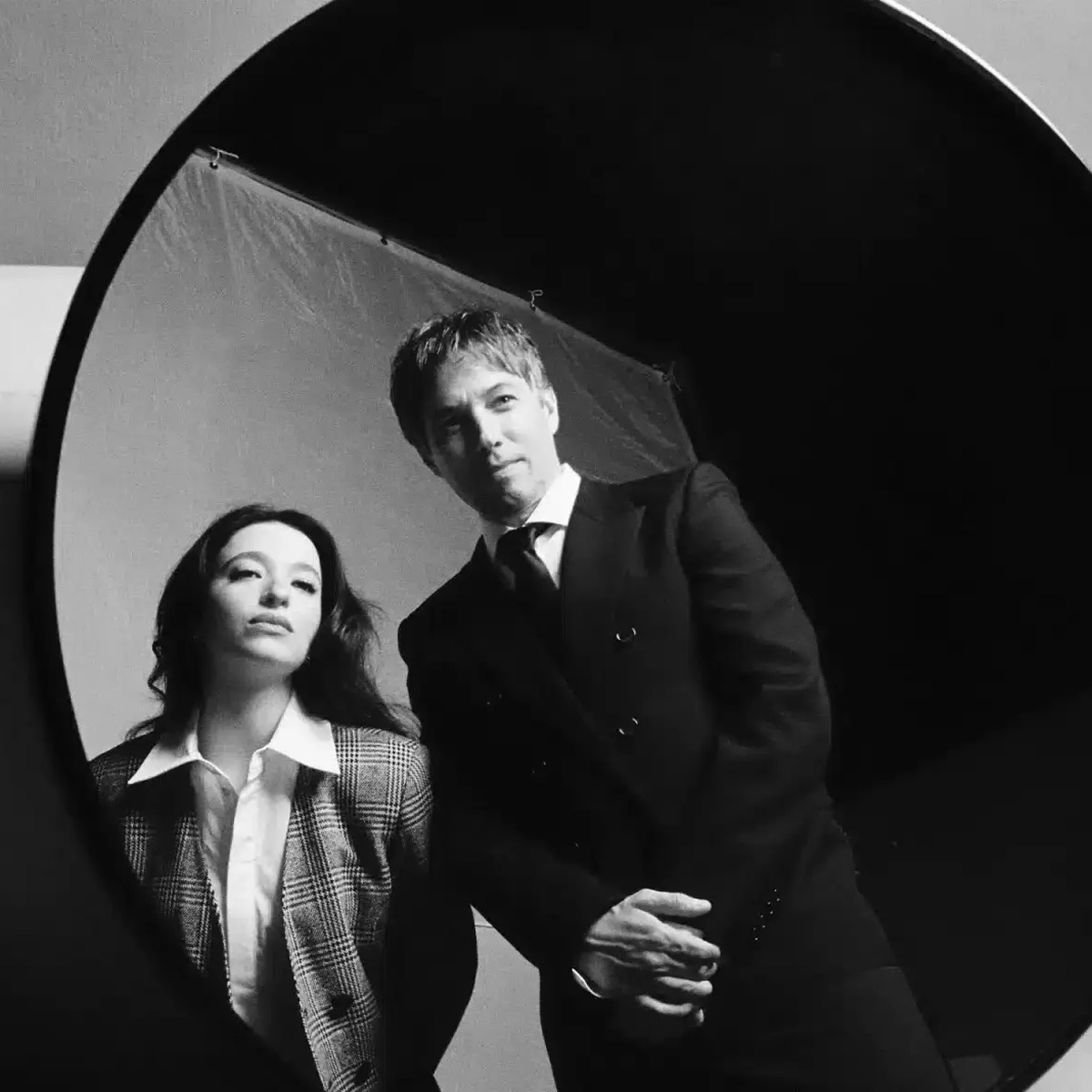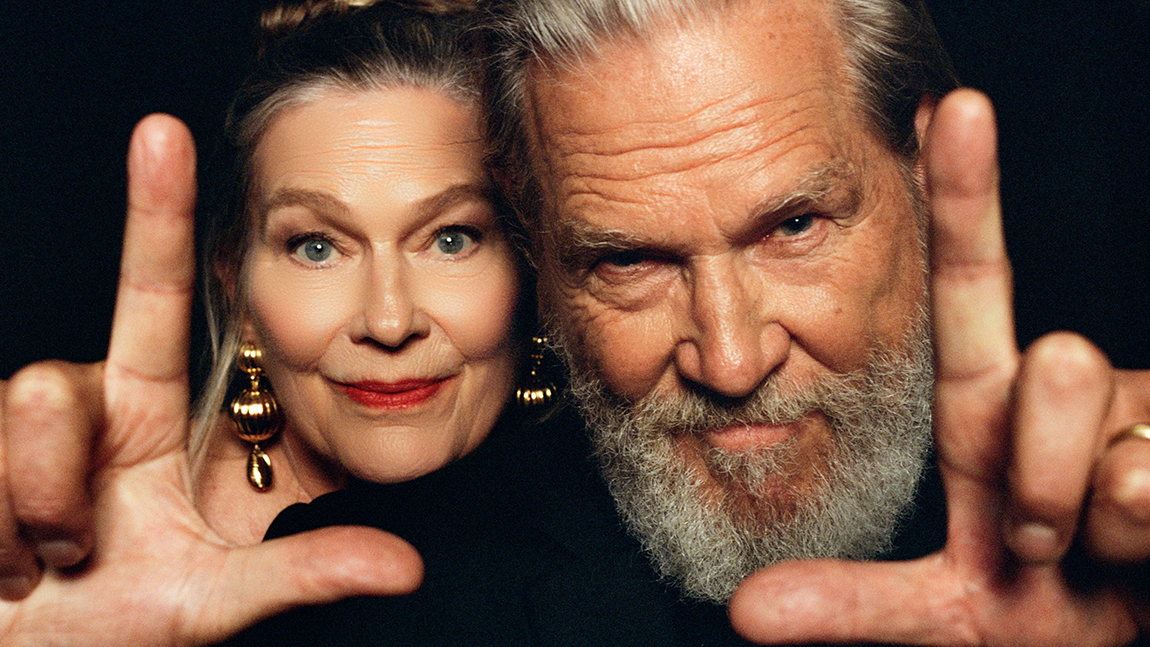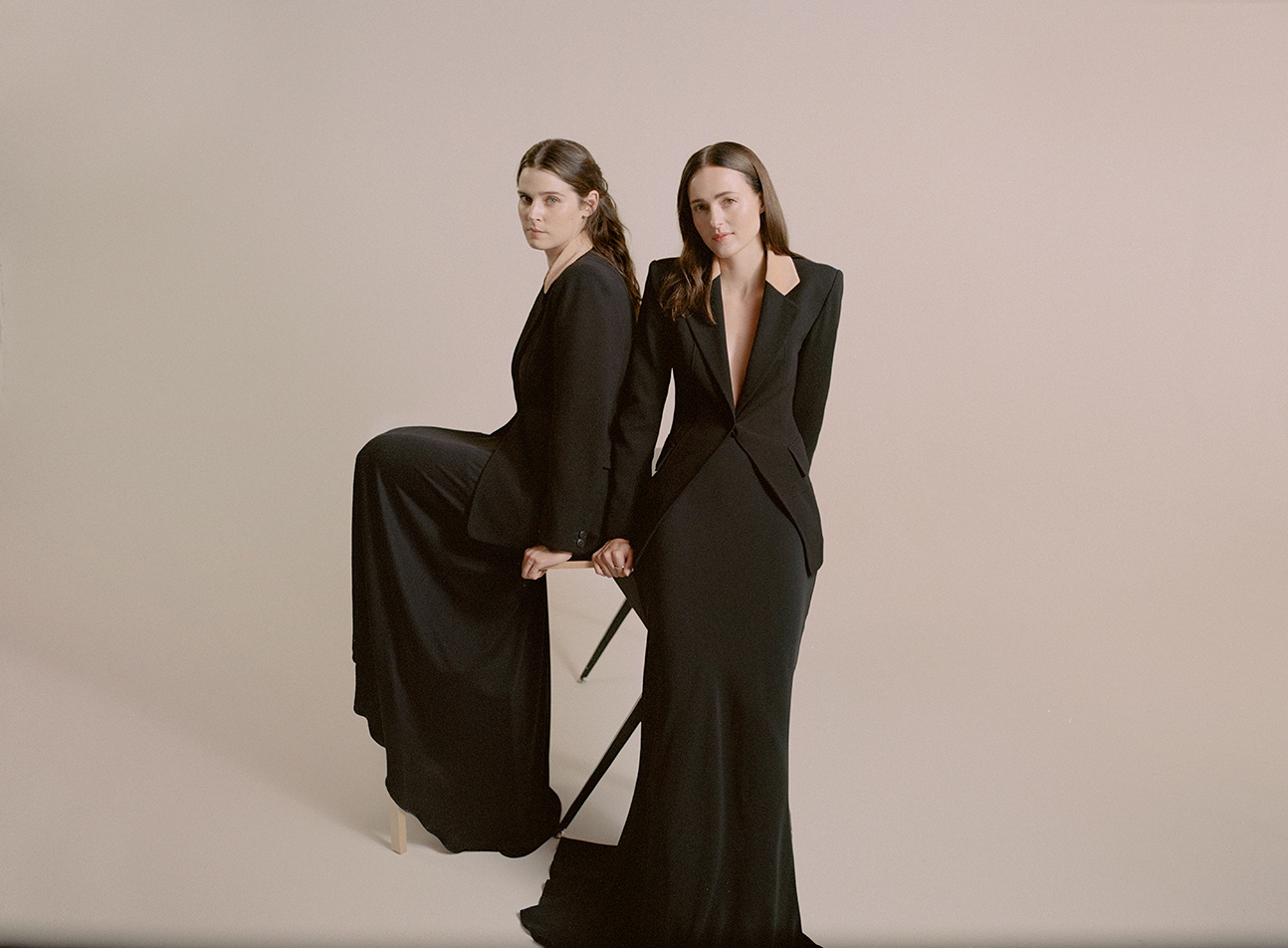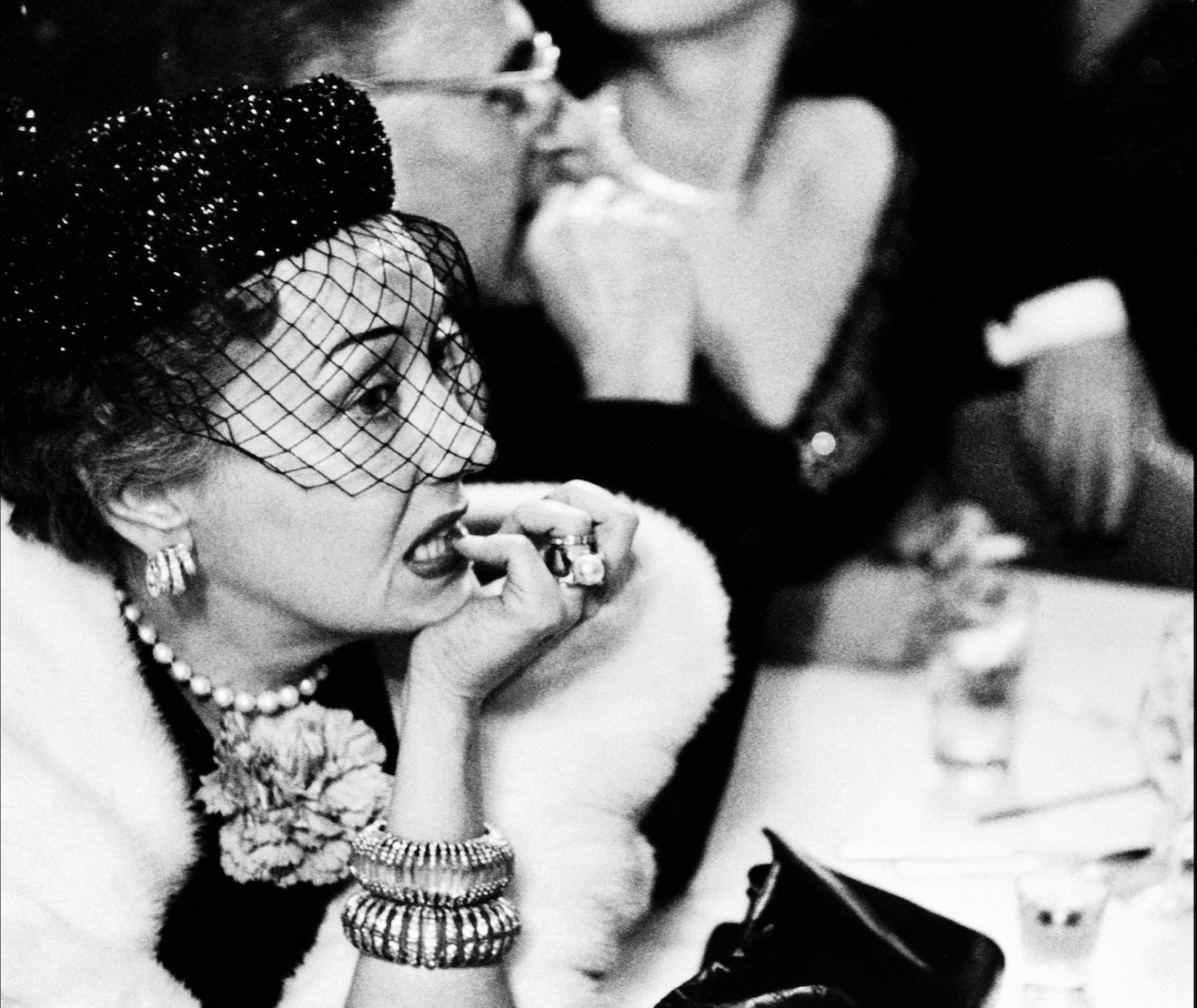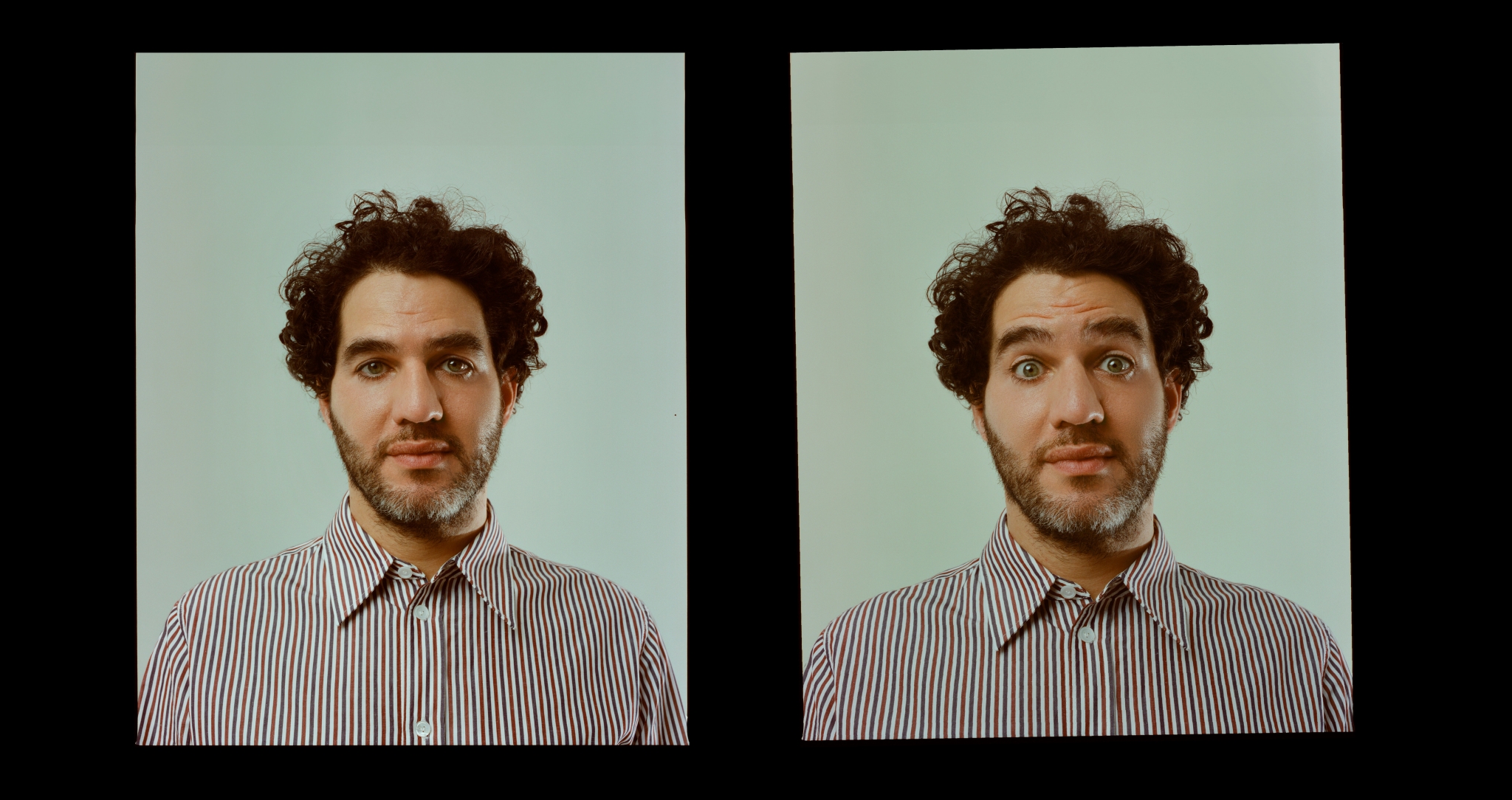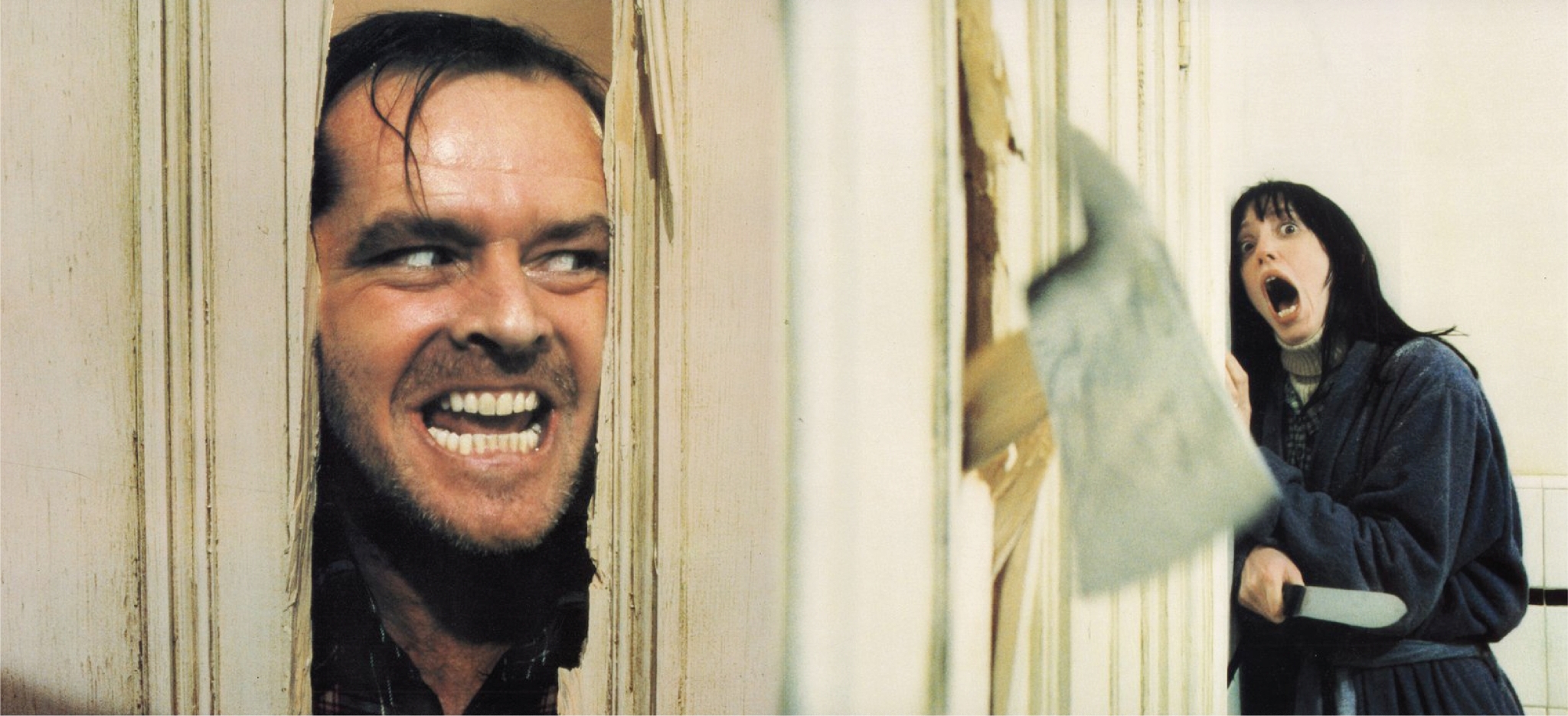
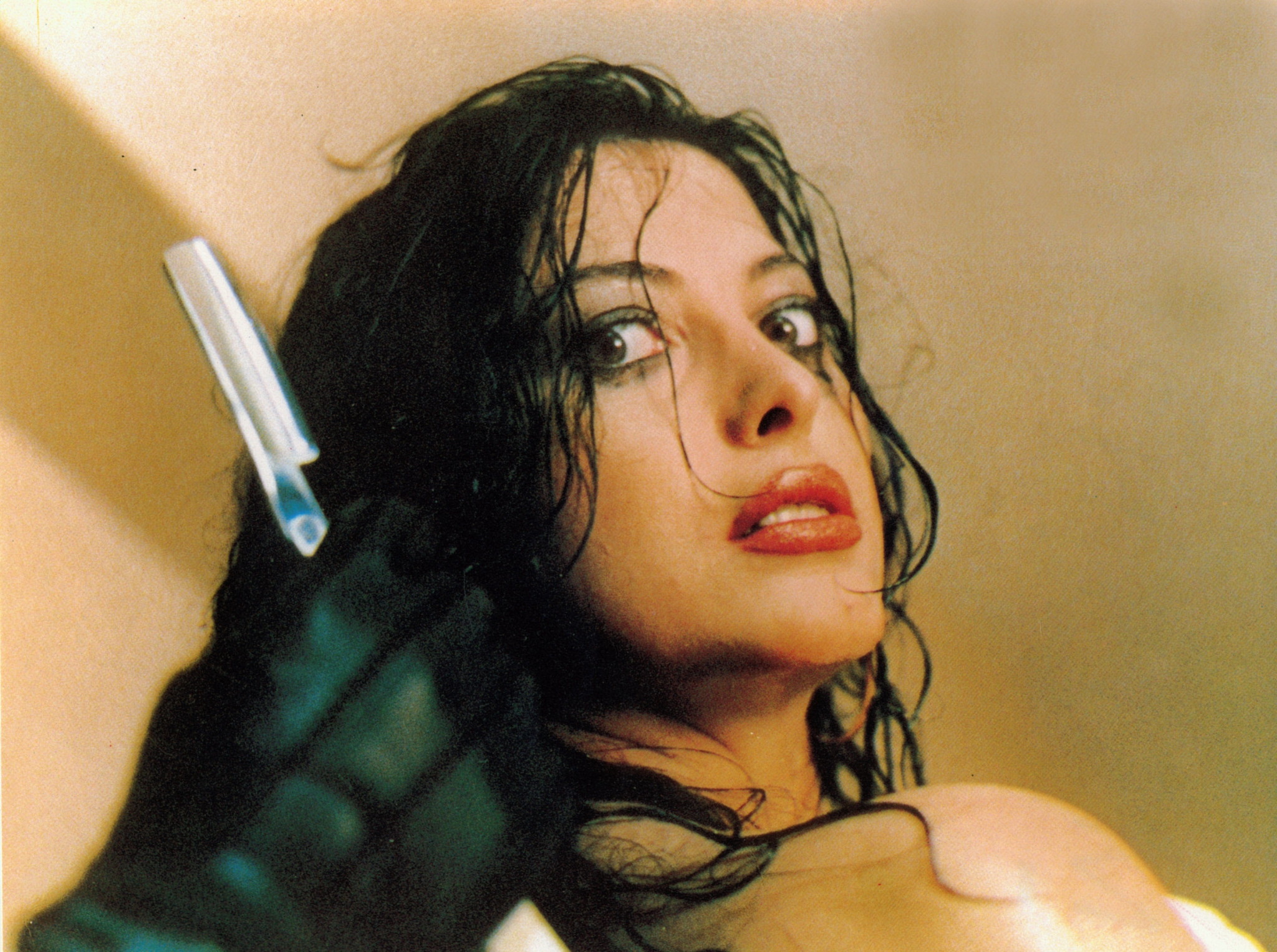
From haunted mansions and cursed cabins to sleek apartments hiding unspeakable secrets, the horror house has remained one of cinema’s most chilling and enduring settings.
As old as the genre itself, the legacy of the horror house is one that has quietly infiltrated, like the ghouls and maniacs they contain, just about every crack, corner, and floorboard of cinematic horror. Dating as far back as Georges Méliès’s pioneering 1896 short The Devil’s Manor, often surmised as the first horror film, we’ve seen it become a beloved staple. From the sci-fi horror—think of A Quiet Place (2018), 10 Cloverfield Lane (2016), low-budget time-loop horror Coherence (2013), and Alien (1979), which, of course, sees the dreaded Xenomorph brutalise the crew of space-faring vessel the Nostromo—to the thriller—The Purge (2013), Panic Room (2002), Don’t Breathe (2016), and the genre-altering Scream franchise (1996 onwards)—and the supernatural—The Changeling (1980), Hereditary (2018), Sinister (2012), and The Shining (1980)—it is a sub-genre in which the premise of the haunted house remains as undying as the ghosts living inside its walls. We’ve seen haunted cabins built on mystic forests and haunted schools built on Indian burial grounds. Even the family film hasn’t escaped the grasp of the horror house: how many of us rubbed our hands in glee as cinema’s greatest psychopath Kevin McCallister sent a few BB gun rounds to the crotches of the Wet Bandits in Home Alone (1990)?
In horror, home is a sanctuary ripe for invasion, assault, and exploitation, and it’s for this reason that the trope has endured for as long as the genre has. It stalks us to the places we feel the most secure—under our blankets, in front of our television sets (see Hideo Nakata’s Ringu, (1998)), inside the private structures we’ve designed in our own images—and shatters our most cherished illusions about survival in the modern world. It finds us hiding under our beds and whispers, “You are wrong. You are not safe. And if you can’t be safe here, then safety can’t ever have existed to begin with.” Were audiences scared to close their eyes while washing their hair before the release of Alfred Hitchcock’s Psycho (1960), in which its protagonist, played by Janet Leigh, is famously murdered in the shower of the Bates Motel? “I stopped taking showers and I only take baths,” Leigh herself said in a 1984 interview with Women’s World. “And when I’m someplace where I can only take a shower, I make sure the doors and windows of the house are locked. I also leave the bathroom door open and shower curtain open. I’m always facing the door, watching, no matter where the shower head is.”
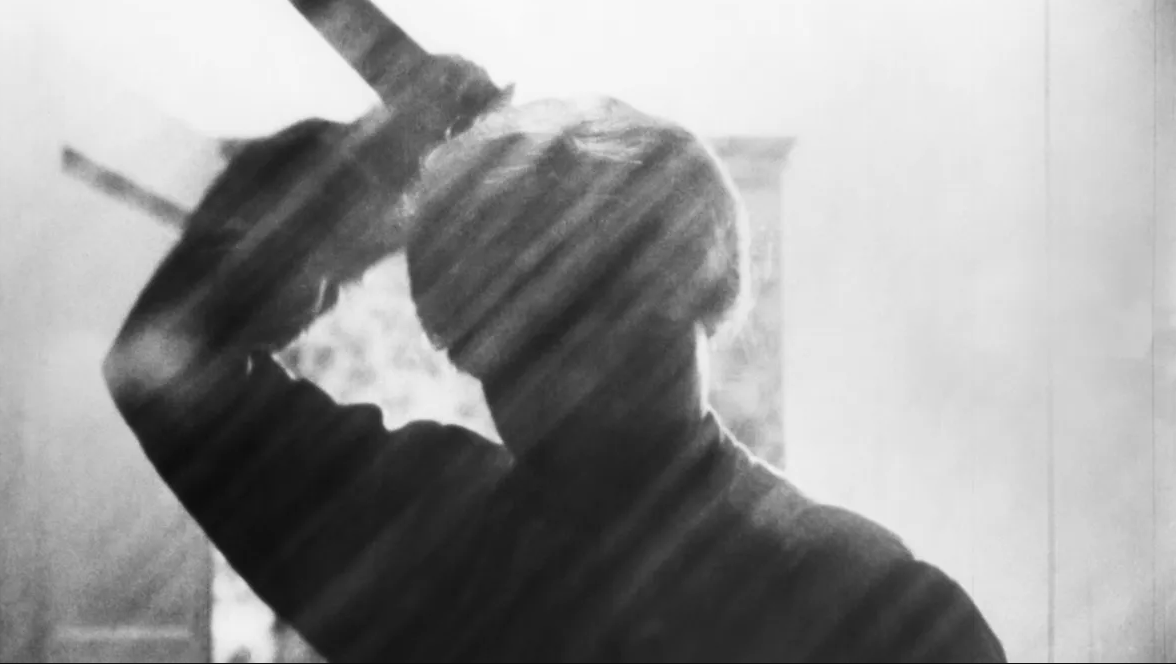
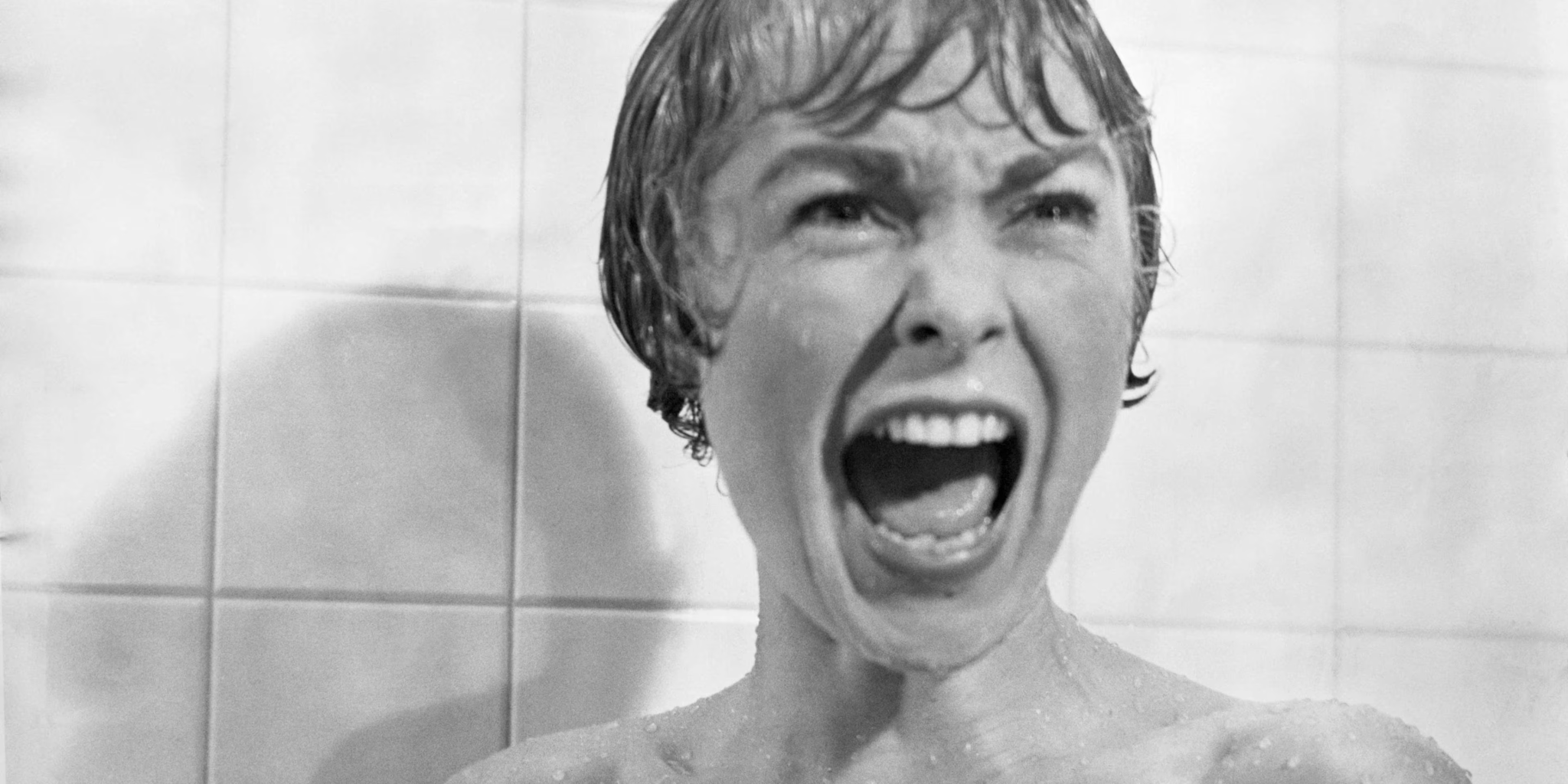
The horror house tells us that while homes are sanctuaries, they can just as easily be prisons. Domestic dramas such as Mike de Leon’s Kisapmata (1981) and Patrick Tam’s Burning Snow (1988), in their suffocating portrayals of abuse, leave a feeling in your chest as dreadful as any horror could. Tam would later go full horror house during the final act of Love Massacre (1981), which sees a deranged killer ruthlessly murder a university sorority in their dorm. These aren’t the stylish kills you’re used to in slashers such as Halloween (1978), Scream, and your typical Giallo horror—murder has never looked as good as in Argento’s Tenebre (1982)—they are breathtakingly blunt and mercilessly bleak, the kind that sink to the pit of your stomach and stay there long after.
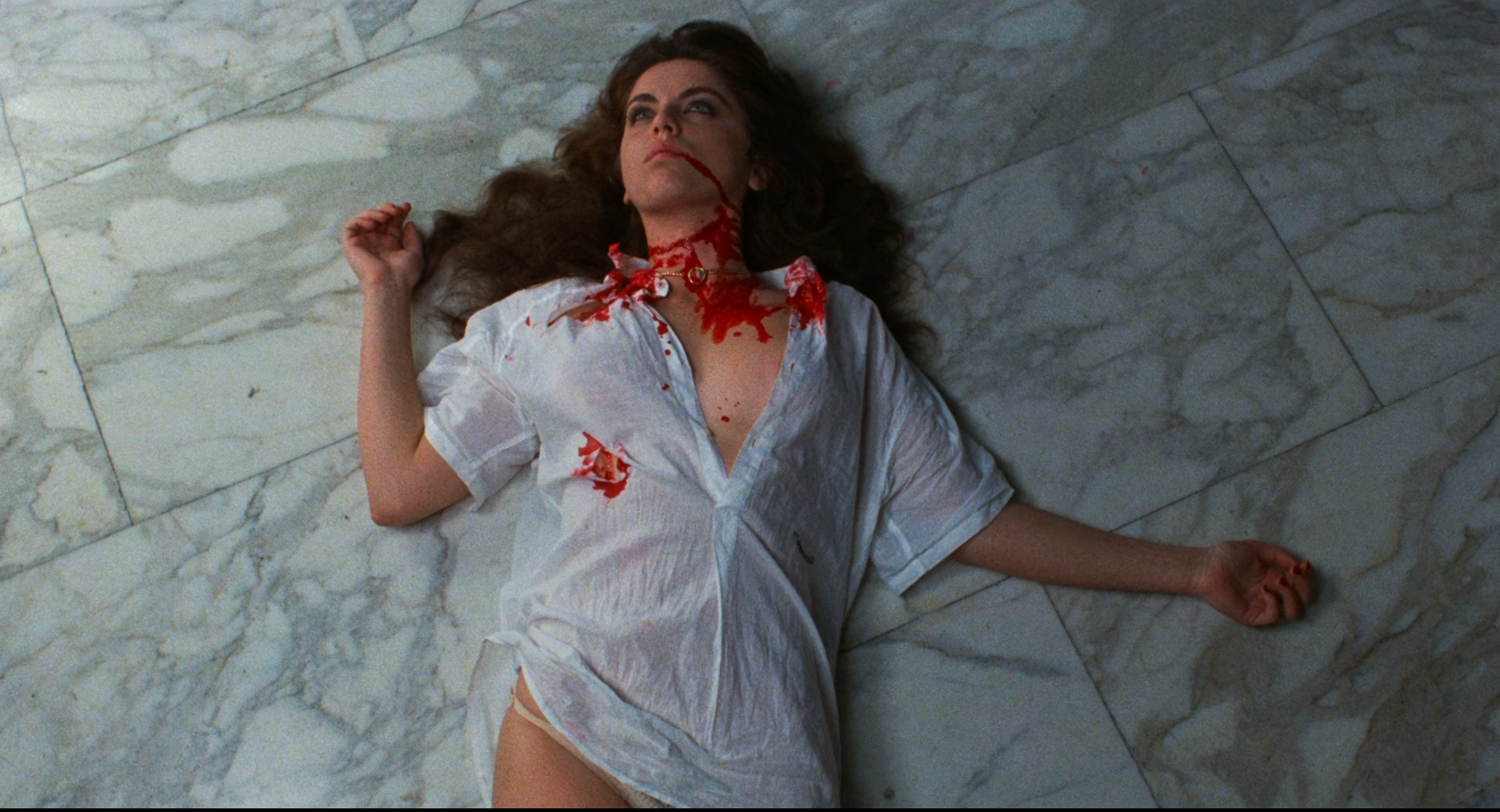
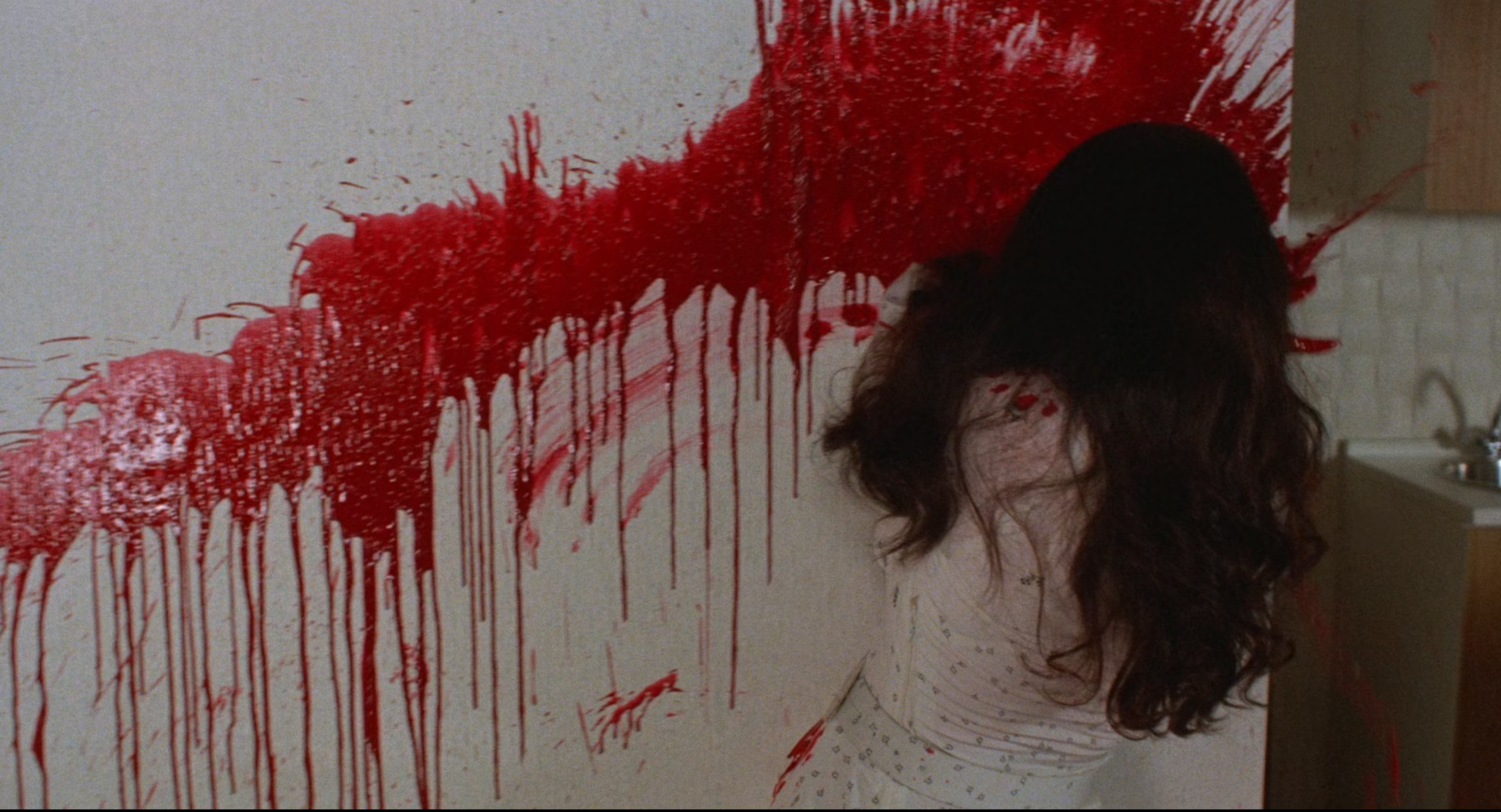
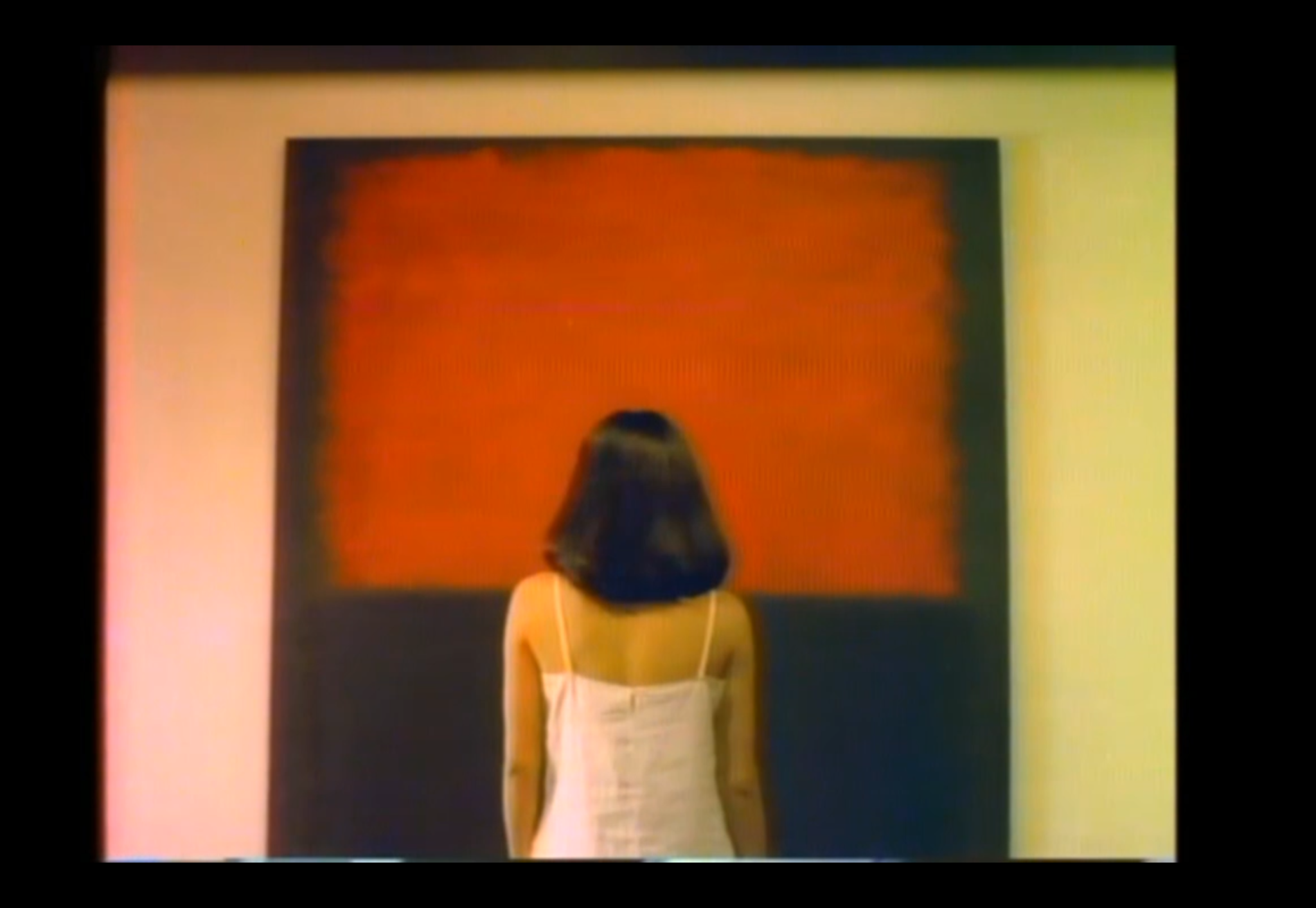
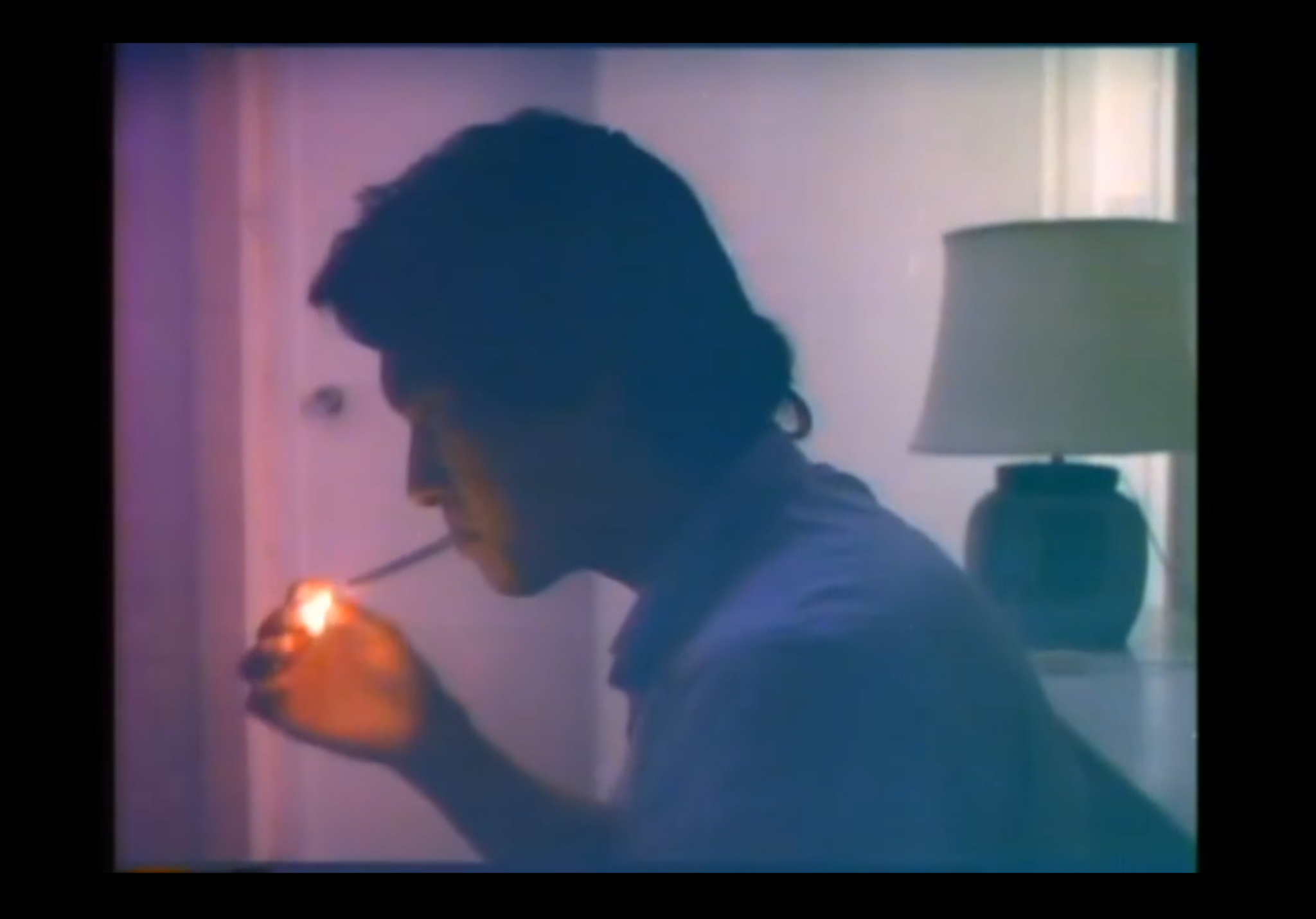
Outright horror movies such as Roman Polanski’s Rosemary’s Baby (1968), about a woman who is unwillingly volunteered by her husband to carry the spawn of satan, play on similar fears as Tam and de Leon: that the real horror is being inflicted on us by the people we should trust the most. Our neighbours, spouses, and parents—those with whom we’ve built these sanctuaries. What if the home invasions that we bolt our doors to prevent already take place under our very noses? In such a case, we would no longer be keeping the demons out, but locking ourselves in with them. One of the most profoundly mortifying moments of this ilk occurs in David Lynch’s Twin Peaks: Fire Walk With Me (1992), when schoolgirl Laura Palmer realises that the malevolent being that has been sexually assaulting her at night has been her father all along. The scene ends with an unforgettable, blood-curdling scream as Leland Palmer, possessed by the evil spirit of Bob, mounts his daughter as she lies helplessly in her bed.
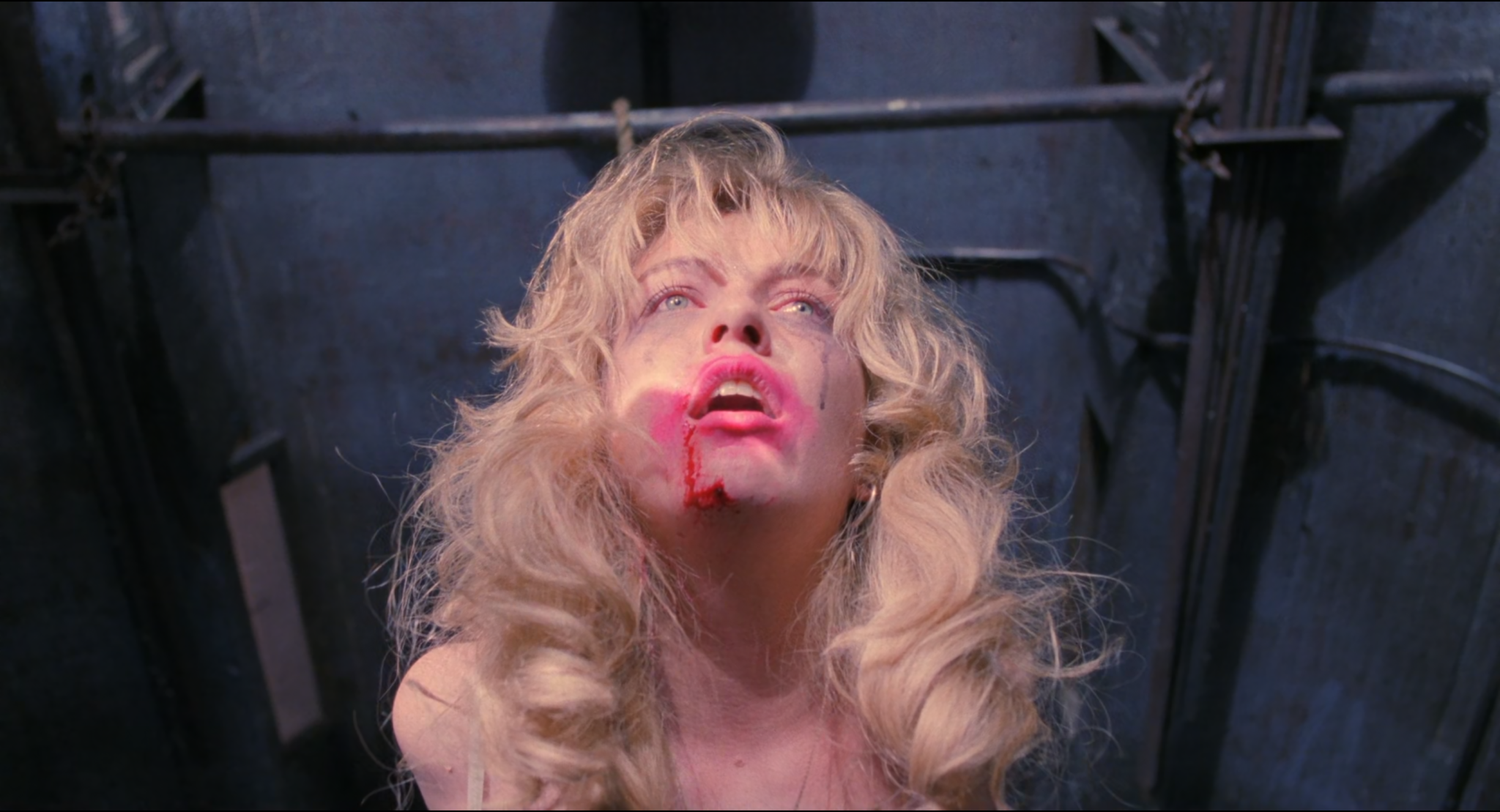
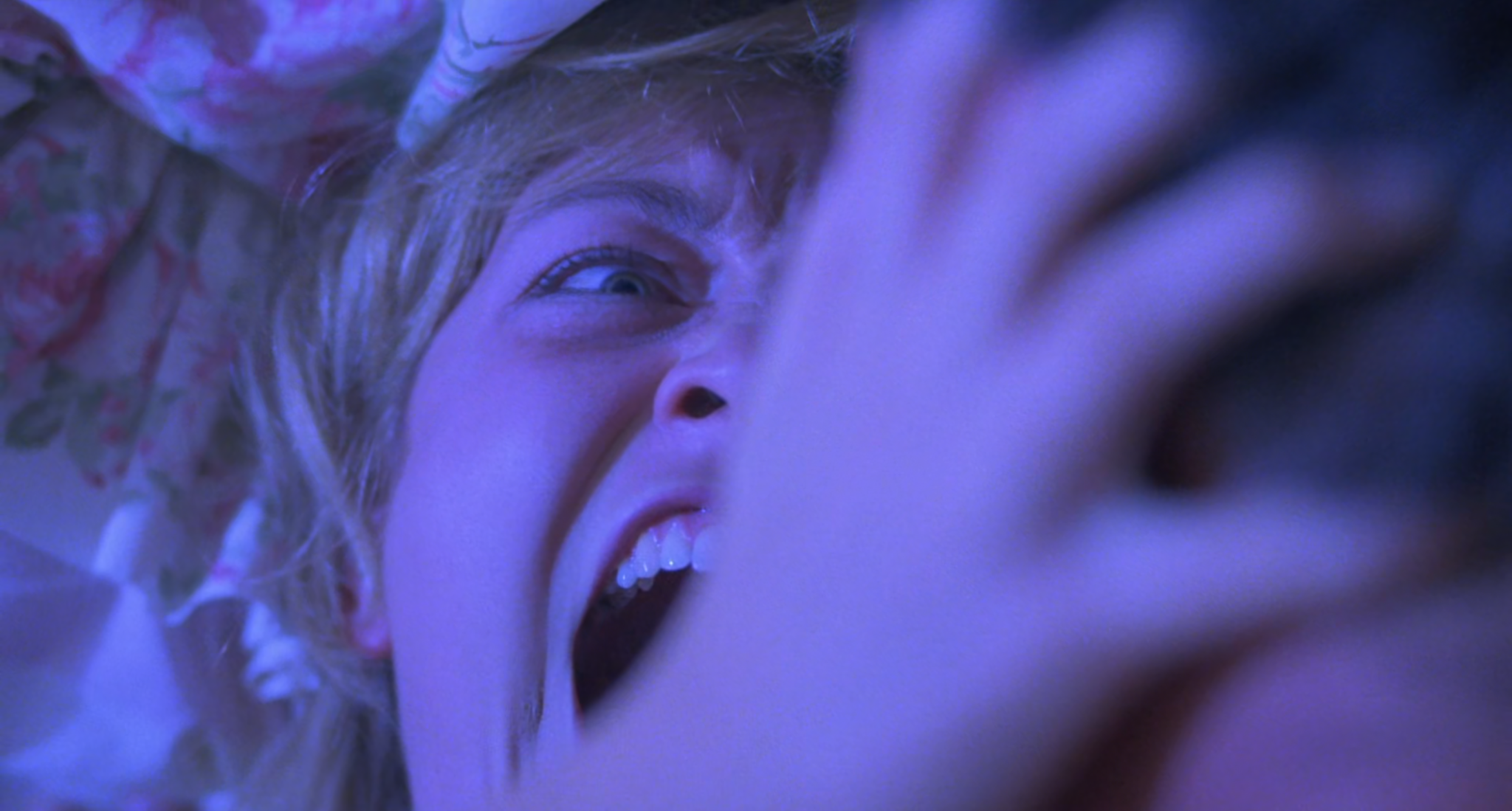
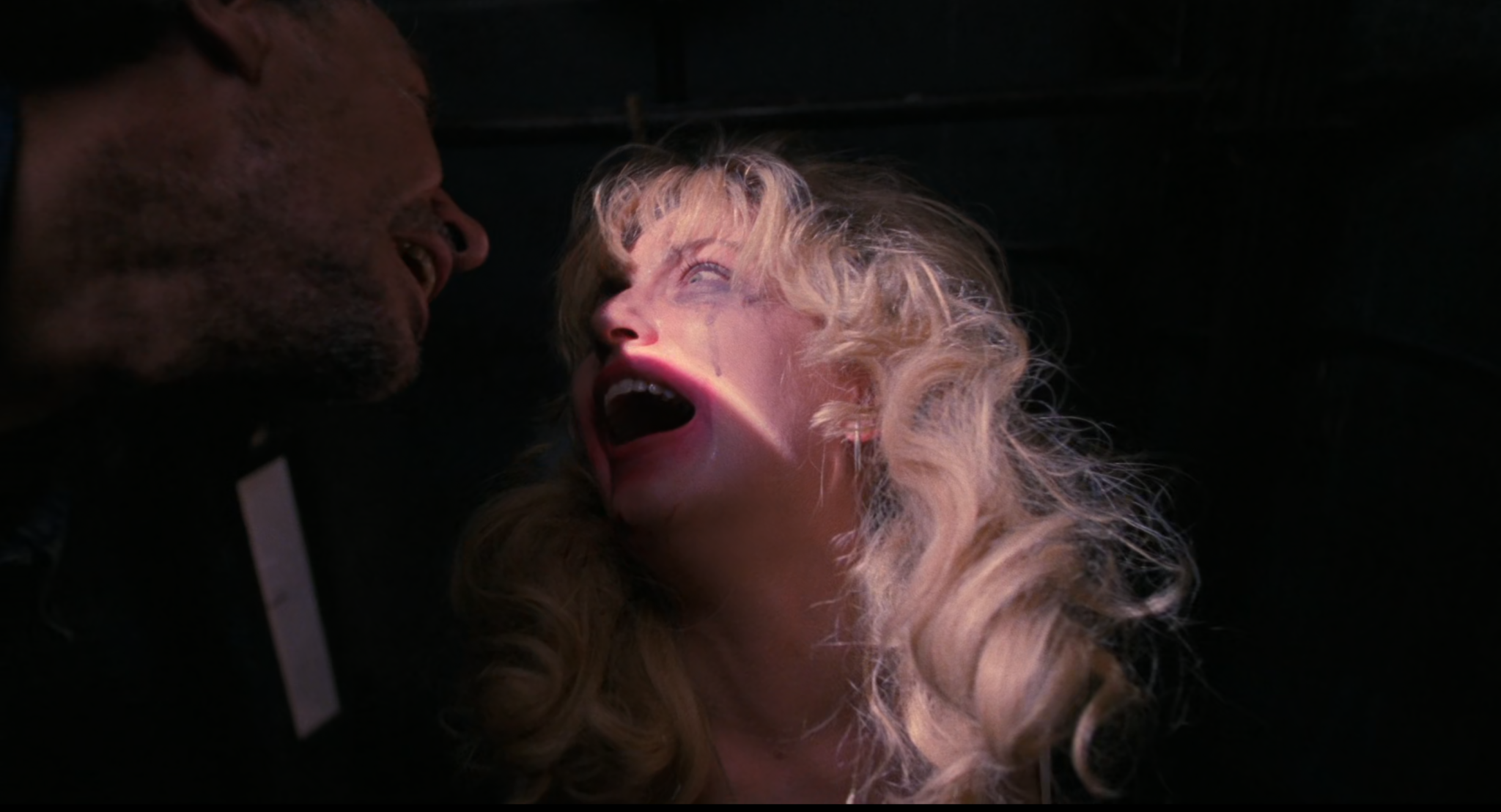
The horror house isn’t all doom and gloom, though. Look to cult Japanese filmmaker Nobuhiko Obayashi, whose film House (1977) uses DIY cinema magic to paint a zany, charming and endlessly inventive picture of seven schoolgirls whose vacation at their classmate’s ancestral countryside home turns nightmarish when the house itself turns against them. Conceiving of the film after his 12-year-old daughter expressed her fear that she would be eaten by her bedroom mirror, Obayashi has a ball literalising the concept of the horror house, weaponising every household object you can imagine against his plucky protagonists. In one scene, a grand piano grows an appetite and chomps the hands of the ironically named Melody, who holds them up to the audience to reveal glowing stumps where her fingers used to be. Other hijinks include an evil house cat stalking the teens, the attack of the killer mattresses, and, notably, a young girl getting swallowed up by her bedroom mirror. It’s a credit to Obayashi’s understanding of horror that despite the ludicrous nature of the film, House refuses to surrender the devilishness that is core to the genre. By coincidence or not, exactly a decade after the release of House, American independent Sam Raimi released Evil Dead II (1987), which reimagines the story of the first Evil Dead (1981), this time with the pulp dialled up and the tone of the film altered to suit the cartoonish artificiality of low-budget filmmaking. In both Raimi and Obayashi’s films, terror and comedy skip merrily together through the creaky corridors of their horror homes.
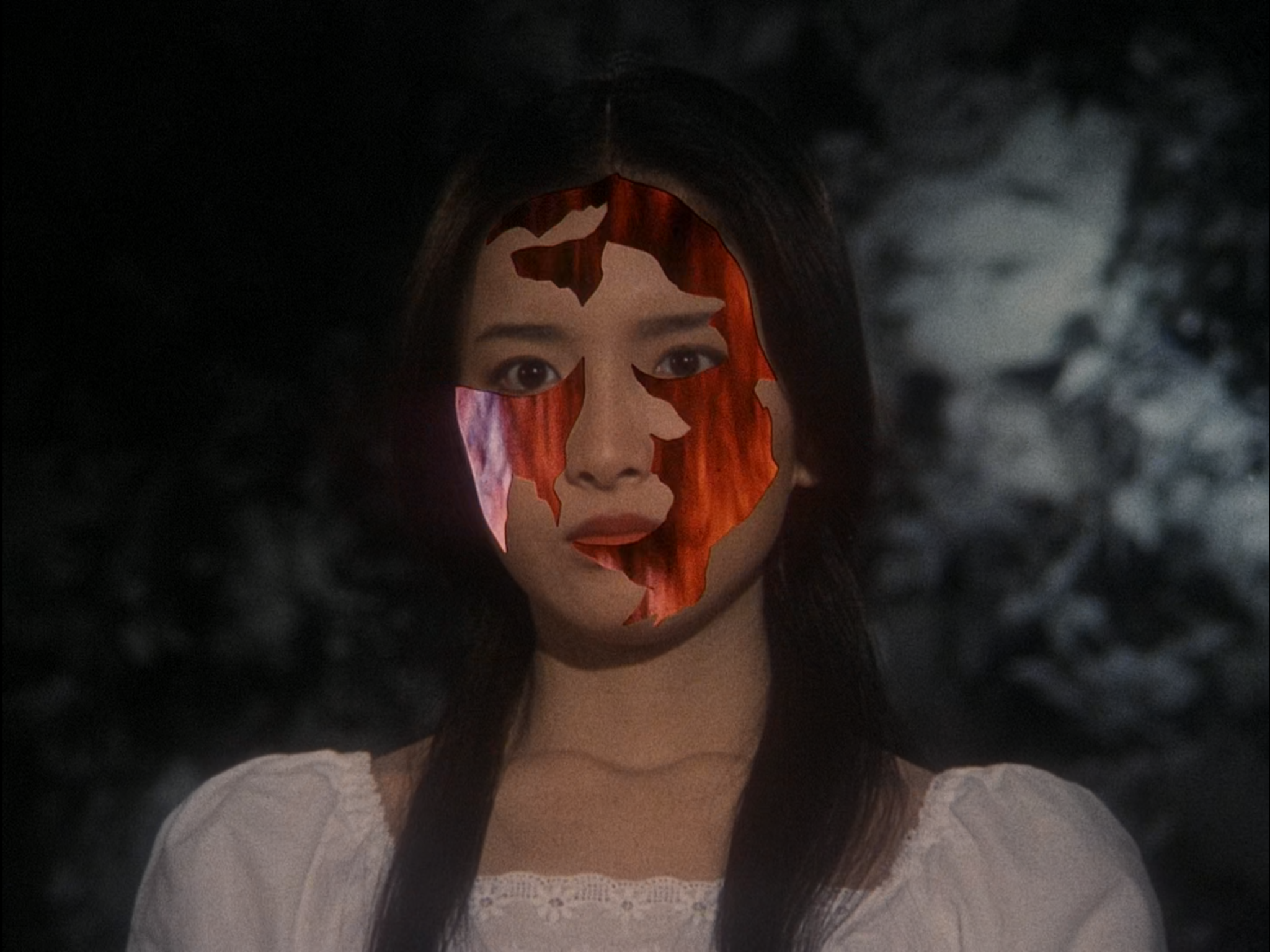
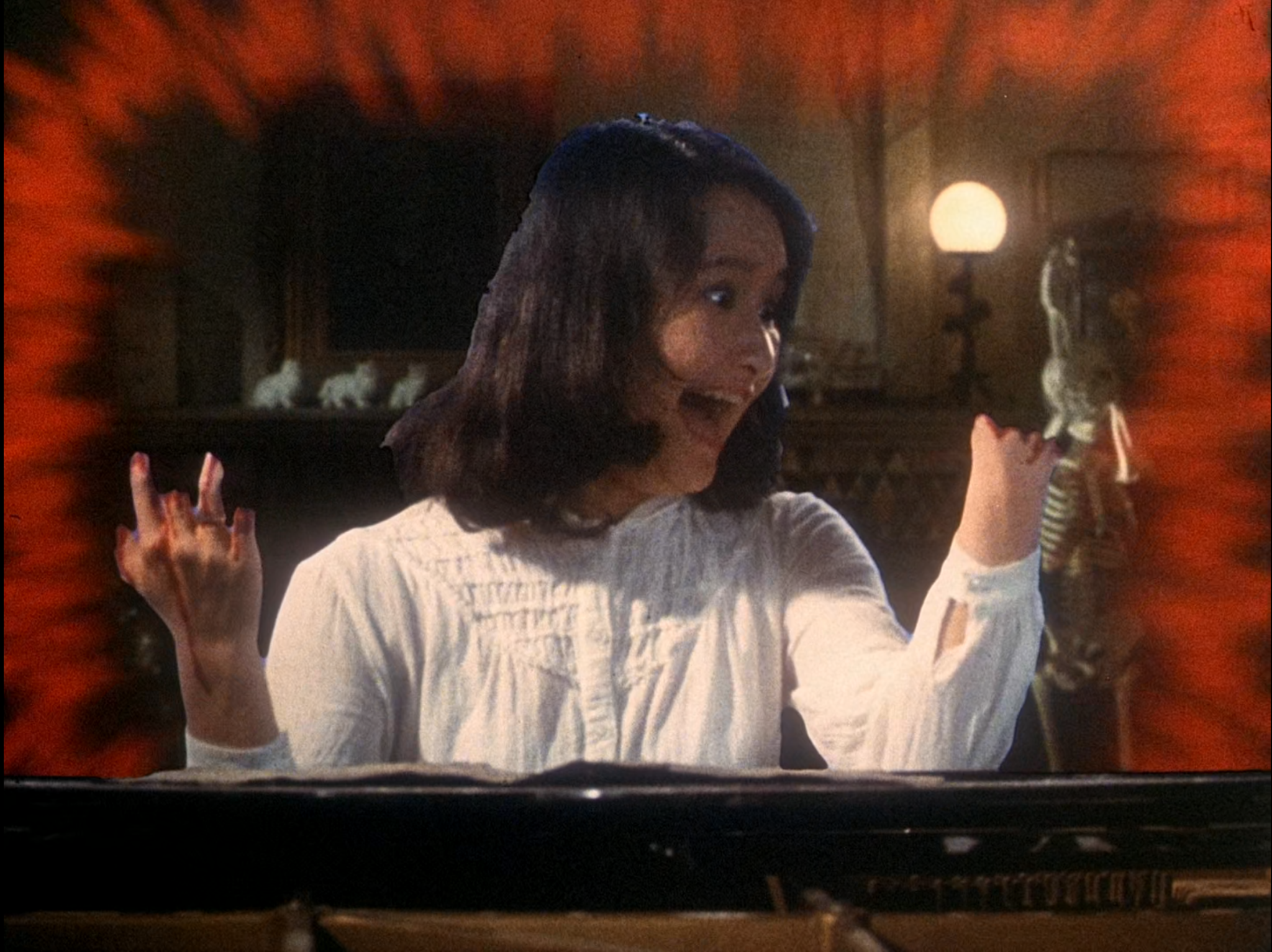
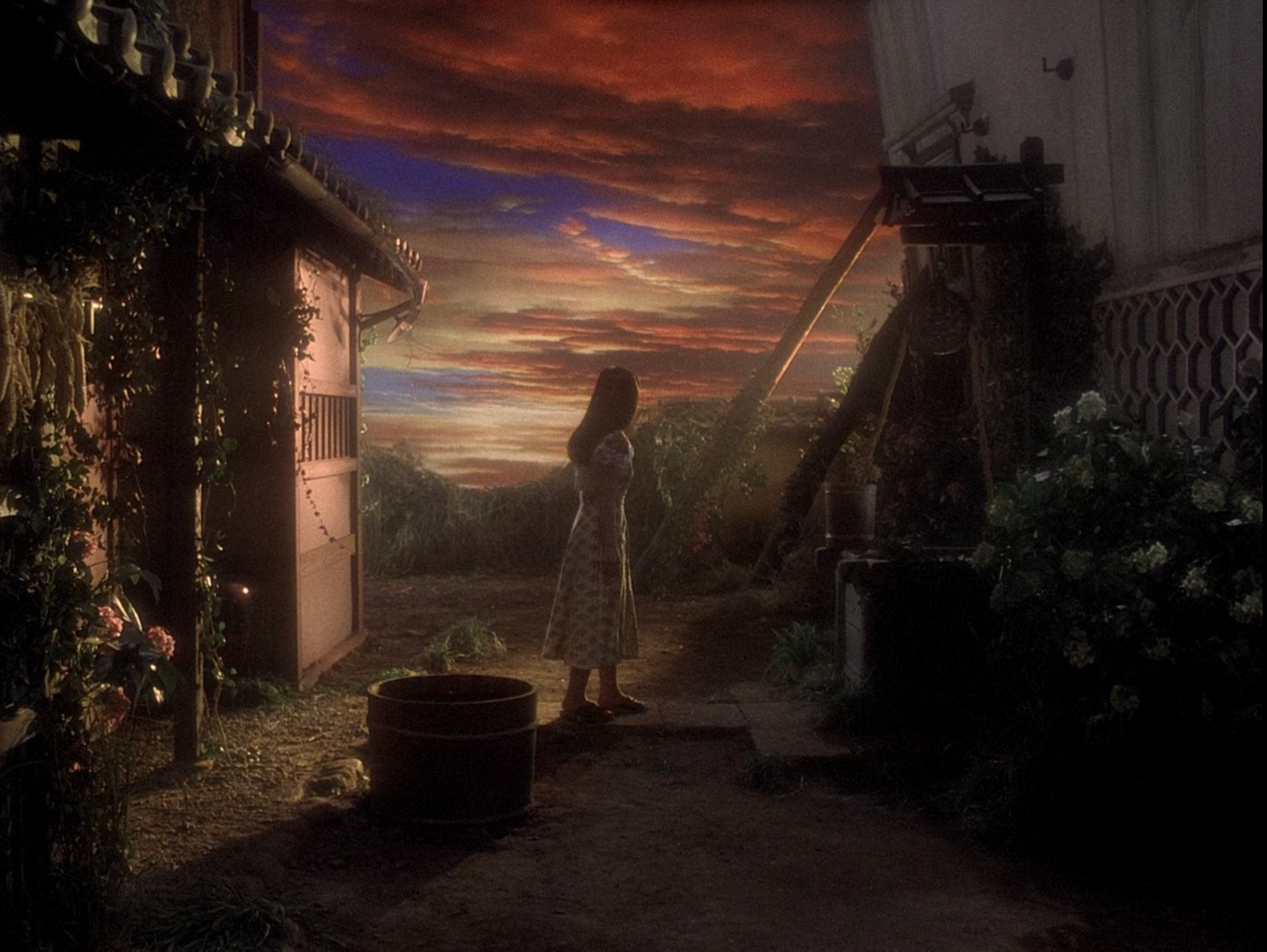
In recent years, a sub-genre of haunted house movies has emerged that nurtures that idea of sanctuary rather than assaults it. In David Lowery’s A Ghost Story (2017), we follow a nameless spirit as he haunts the home he and his wife shared together before his passing, journeying through their memories and coming to terms with his own death and the nature of life, which marches unstoppably on and on. More recently, Steven Soderbergh’s Presence (2024)—a formal experiment in which we see a haunted house movie unfold purely through the POV of the ghost itself—reveals at the end that the spectre lurking in the walls is a benevolent one, trying to protect those in the house from external threats.
The spaces themselves have also evolved with modern tastes, even as the horrors operating within them remain timeless. Now, not only do we see the crumbling, dimly lit interiors of the classic horror home, but also the kind of sleek and luxurious living spaces in Bong Joon-ho’s Hitchockian phenomenon Parasite (2019) or Coralie Fargeat’s The Substance (2024), in which Elisabeth Sparkle’s ultra-modern, high-end apartment complex is a picture of perfection. Gloriously minimal, spacious, brightly coloured, and clean. Fargeat takes the same approach in her 2017 film Revenge. Beautiful houses and beautiful people who will either have unspeakable horror inflicted on them or are hiding terrible secrets themselves.
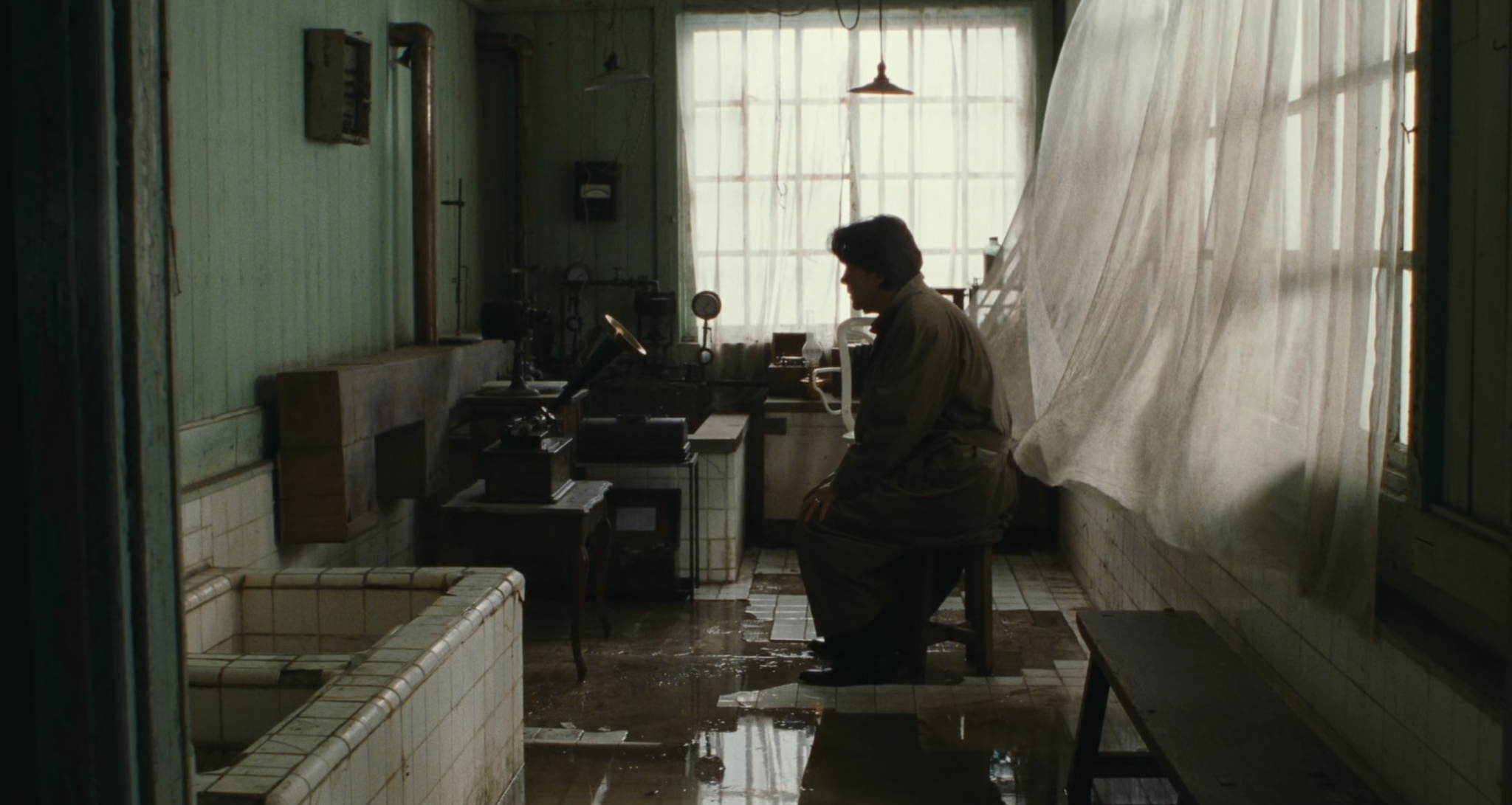

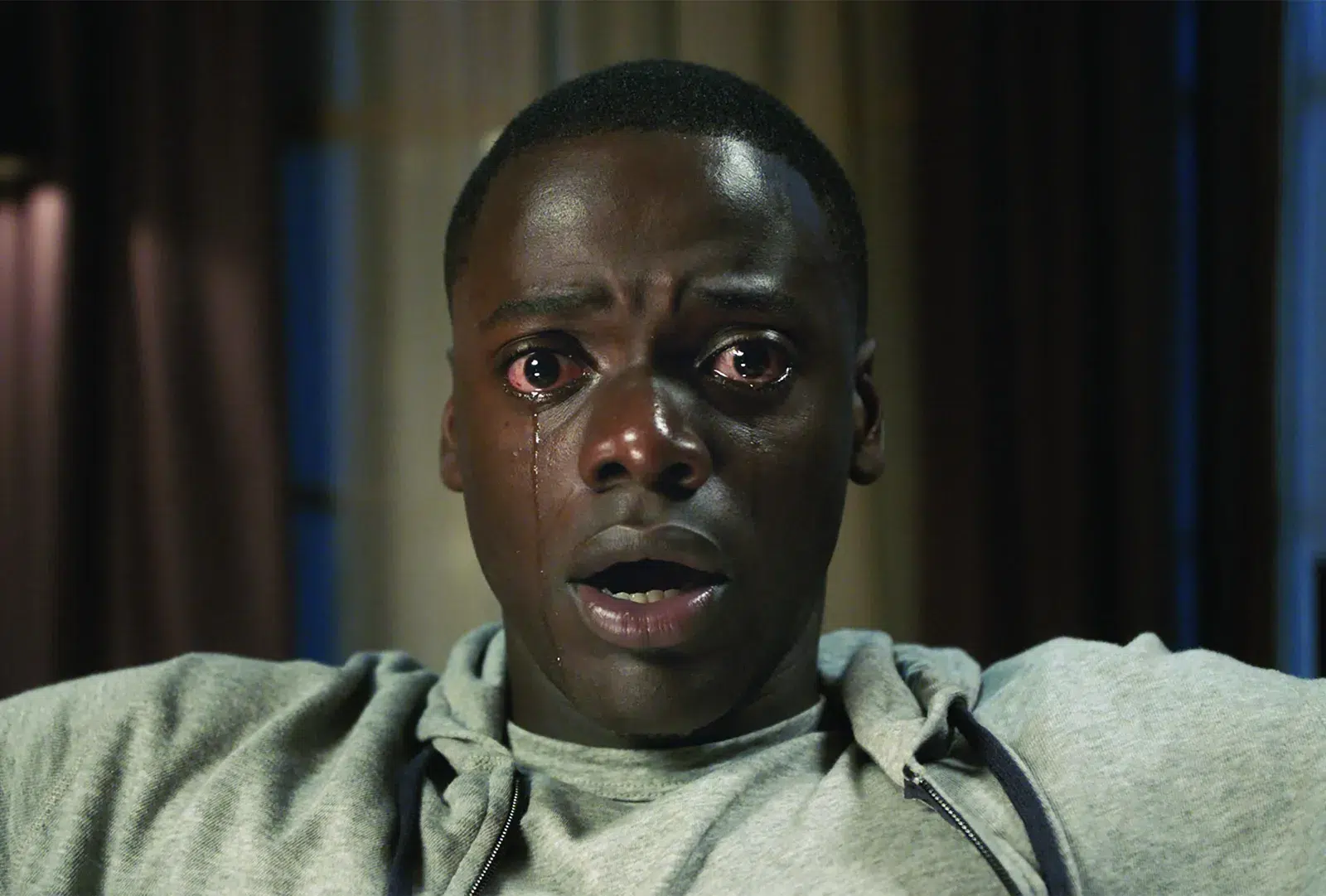
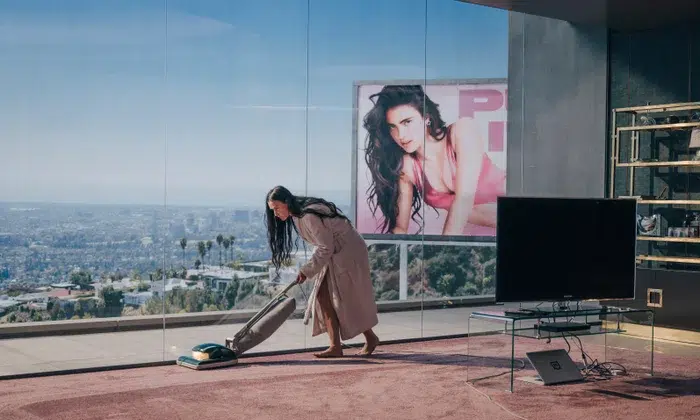
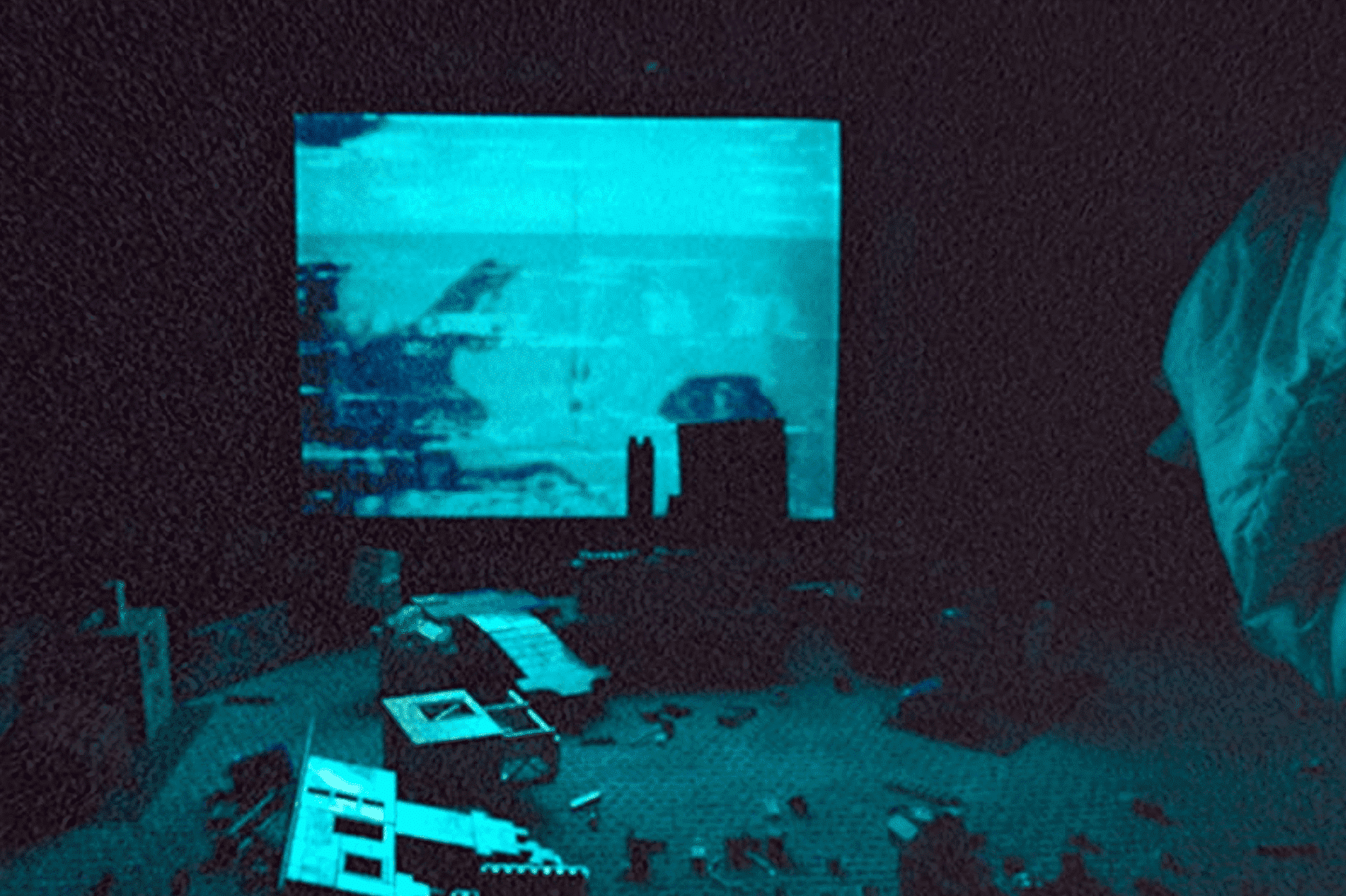
The influence of directors Stanley Kubrick, Lynch, and Kiyoshi Kurosawa are seared into the lenses of the new horror auteurs such as Fargeat, Jordan Peele (a modern master of the horror house, with Get Out, Us, and Nope) Zach Cregger (whose latest, Weapons, is a horror house thrill-ride through and through) and Osgood Perkins (Longlegs). Virtuosos of the form, they create unbearable tension in the simple turning of a corner (The Shining), a blurry image of an unknown intruder in a household mirror (the pilot of Twin Peaks, (1989)) and raindrops seeping through the ceiling of a deathly silent room (Cure, (1997)).
And still, new frontiers beckon for the horror house. In 2022, director Kyle Edward Ball appeared out of relative obscurity with Skinamarink, which follows two children who wake at night to find their father missing, the doors and windows of their house slowly vanishing, and reality obscuring into an unescapable, dreamlike void. Ball, who made his name on YouTube making horror shorts based on the nightmares of his viewership, twists and corrupts the modern family home into something hellish, almost interdimensional in its horror, shooting Skinamarink on distorted analog in extremely low-light to create the atmosphere of a child’s nightmare, where homes are cold and unfamiliar, and corridors stretch on infinitely. “Significant portions of the movie were literally just lit by the television”, the director told Filmmaker Magazine in 2023. A commercial success, the film grossed $2.1 million on a $15,000 budget—proof that if you really want to keep an audience awake at night, there’s still no place that haunts quite like home.

